Understanding Regional Fisheries Management Organisations (RFMOs)
Regional Fisheries Management Organizations (RFMOs) are international bodies formed by countries with fishing interests in specific areas of the ocean. These organizations play a crucial role in ocean governance and sustainable fisheries management worldwide:
Purpose and Authority
RFMOs are established through international agreements and have the legal authority to adopt binding conservation and management measures (rules) for fishing activities in specified geographical areas. These measures become mandatory for member countries once adopted.
Global Coverage
Collectively, RFMOs manage fisheries across nearly all international waters (also called the "high seas"). Each RFMO is responsible for a specific geographic region and/or particular fish species.
Management Approach
RFMOs typically gather scientific data, assess fish stock health, set catch limits and fishing rules, allocate fishing rights among members, and monitor compliance with agreed measures.
Membership Structure
RFMO members usually include a broad range of members, from coastal and island developing nations to developed nations with large fishing fleets. This diverse membership ensures that all countries with legitimate interests have a voice in decision-making.
Types of RFMOs
There are two main types:
- General RFMOs that manage multiple fish species within a geographic area (like the North Atlantic Fisheries Organization (NAFO) in the Northwest Atlantic)
- Species-specific RFMOs that focus on particular fish types across their entire range (like tuna RFMOs)
Evolution of Responsibilities
Modern RFMOs have expanded beyond traditional fisheries management to address broader environmental concerns, including protecting sensitive ocean habitats, reducing bycatch of non-target species such as sea turtles and seabirds, and considering ecosystem impacts of fishing.
Challenges
RFMOs face significant challenges including balancing conservation with economic interests, addressing illegal fishing, ensuring fair allocation of fishing opportunities, adapting to climate change impacts, and achieving consensus among members with different priorities.
RFMOs represent one of the world's most developed forms of international cooperation for managing shared natural resources. While they aren't perfect, they provide an essential framework for countries to work together to ensure the long-term sustainability of fisheries that no single nation could manage effectively alone.
Tuna Regional Fisheries Management Organizations
Tuna and tuna-like species require special management attention due to their highly migratory nature, economic importance, and cultural significance.
Five specialized RFMOs, collectively known as the "tuna RFMOs," are responsible for managing these valuable fish across the world's oceans:
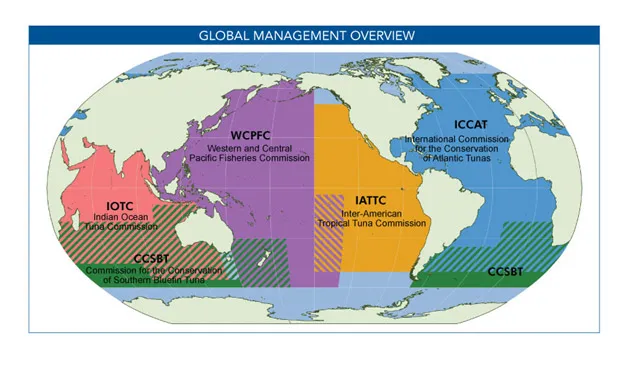
Western and Central Pacific Fisheries Commission (WCPFC)
Established in 2004, the WCPFC (our organization) manages tuna fisheries in the western and central Pacific Ocean—the world's largest and most productive tuna fishing ground. This region produces over 50% of the global tuna catch, primarily skipjack, yellowfin, bigeye, and albacore tuna.

Inter-American Tropical Tuna Commission (IATTC)
Founded in 1949, making it the oldest tuna RFMO, the IATTC manages tuna in the eastern Pacific Ocean from California/Chile to roughly 150°W longitude. The WCPFC and IATTC coordinate closely due to our adjacent boundaries and shared fish stocks.
WCPFC has the following agreements in place with IATTC:

International Commission for the Conservation of Atlantic Tunas (ICCAT)
Established in 1969, ICCAT manages tuna and tuna-like species in the entire Atlantic Ocean, including the Mediterranean Sea. It is responsible for about 30 species, including the highly prized and threatened Atlantic bluefin tuna.
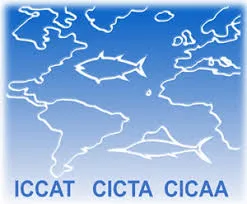
Indian Ocean Tuna Commission (IOTC)
Created in 1993, the IOTC manages tuna and tuna-like species across the Indian Ocean. This region has seen rapid growth in fishing activity in recent decades and faces significant monitoring and enforcement challenges.
Click HERE to view the MOU between WCPFC and IOTC.

Commission for the Conservation of Southern Bluefin Tuna (CCSBT)
Formed in 1994, the CCSBT is unique among tuna RFMOs as it focuses exclusively on a single species—southern bluefin tuna—throughout its entire range across the southern hemisphere oceans.
WCPFC has the following agreements in place with CCSBT:
- WCPFC CCSBT Memorandum of Understanding
- Memorandum of Cooperation on the Endorsement of WCPFC Regional Observer Programme Observers for Observing Transshipments of Southern Bluefin Tuna on the high seas of the WCPFC Convention Area
- Memorandum of Cooperation on the Exchange and Release of Data between CCSBT and WPCFC
Coordination Among Tuna RFMOs
The five tuna RFMOs work together through the agreements between the organizations. This collaboration includes:
- Harmonized Measures: Working toward consistent approaches for managing shared stocks and addressing common challenges
- Data Sharing: Exchanging scientific information and fishing data to improve stock assessments
- Combating Illegal Fishing: Coordinating vessel lists and monitoring efforts to reduce illegal, unreported, and unregulated fishing
- Best Practices Exchange: Sharing successful management approaches and lessons learned
- Joint Scientific Working Groups: Collaborating on research for species that move between RFMO boundaries
Global Significance of Tuna RFMOs
Each year, the global tuna industry generates approximately US$42 billion in final sales
This significant economic contribution of tuna fisheries not only highlights tuna as a key source of nutrition for millions of consumers but also as a major driver of economic activity among coastal communities.
The geographic distribution of tuna catches further illustrates the diverse contributions of our oceans.
Approximately 68 percent of the tuna harvested each year originates from the Pacific Ocean, demonstrating its role in sustaining tuna populations. The Indian Ocean accounts for around 22 percent of the catch, while the remaining 10 percent is sourced from the combined efforts of the Atlantic Ocean and the Mediterranean Sea. These figures emphasize the necessity for coordinated international management practices to ensure the sustainable and equitable utilization of this invaluable resource.
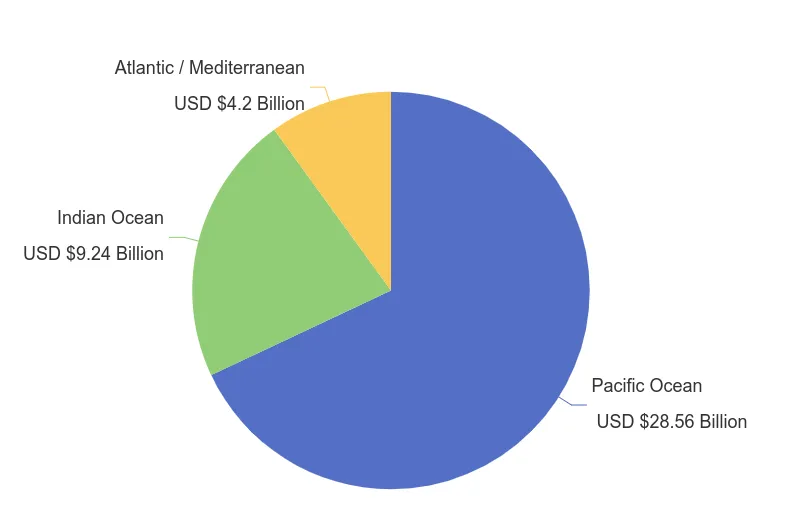
Collectively, the five tuna RFMOs are responsible for managing fish stocks that:
- Provide a crucial protein source for millions of people worldwide
- Support economic activity worth over $40 billion annually
- Involve fishing fleets from more than 80 countries
- Include some of the world's most valuable seafood species
- Face substantial conservation challenges due to high demand and fishing pressure
At the WCPFC, we are proud to be part of this global network of organizations working to ensure that tuna fisheries remain sustainable for future generations. Our work in the western and central Pacific Ocean is particularly critical given that our region supplies much of the world's canned tuna and a significant portion of the high-value sashimi market.
Other Fisheries and Regional Organizations
WCPFC also collaborates closely with various regional and international organizations to promote sustainable management and conservation across the Pacific region. These partnerships enable effective coordination of scientific research, policy alignment, and implementation of management measures. These organizations include:
North Pacific Fisheries Commission (NPFC)
The NPFC is an intergovernmental organization responsible for managing fisheries resources in the North Pacific Ocean, excluding tuna and certain migratory species. Its goal is to ensure the long-term conservation and sustainable use of fisheries, including important species such as saury, mackerel, and bottom fisheries, by developing scientific advice and regulatory frameworks.
Click HERE to see the MOU between WCPFC and NPFC.
South Pacific Regional Fisheries Management Organisation (SPRFMO)
The SPRFMO oversees the management and conservation of non-tuna fisheries resources across the high seas of the South Pacific. Its mandate includes species like jack mackerel, squid, and deep-sea fish. The organization is known for its precautionary approach to fisheries management, emphasizing ecosystem-based measures and preventing overfishing.
Click HERE to see the MOU between WCPFC and SPRFMO.
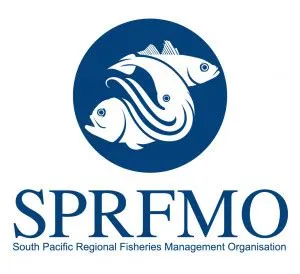
International Scientific Committee for Tuna and Tuna-like Species in the North Pacific Ocean (ISC)
The ISC provides scientific research and assessments of tuna and tuna-like species in the North Pacific, such as albacore, bluefin tuna, billfish, and sharks. It advises relevant RFMOs and member countries, supporting management decisions through high-quality data collection, stock assessments, and scientific collaboration.
Click HERE to see the MOU between WCPFC and ISC.

Secretariat of the Pacific Community (SPC)
The SPC is a regional technical organization providing scientific, technical, and policy support to Pacific Island countries and territories. Its Fisheries, Aquaculture, and Marine Ecosystems division is central to fisheries management, offering critical science and advisory services to governments, facilitating sustainable marine resource management, and enhancing local capacity. The SPC is the Scientific Services Provider to the WCPFC.
WCPFC has the following agreements in place with SPC:

Pacific Islands Forum Fisheries Agency (FFA)
The FFA is a regional, inter-governmental fisheries organization representing Pacific Island countries and territories. Its primary objective is to strengthen regional cooperation, enhance control and management of tuna resources, and ensure equitable economic benefits for Pacific Island nations. The FFA plays a crucial role in negotiating and enforcing fishing agreements, licensing, and compliance monitoring. The FFA provides vessel monitoring services to the WCPFC.
Click HERE to see the MOU between WCPFC and FFA.
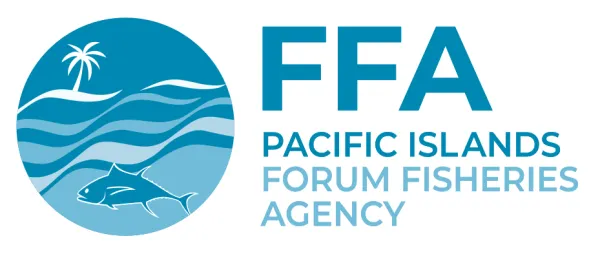
Office of the Pacific Ocean Commissioner (OPOC)
OPOC serves to advance Pacific regional interests and coordinate ocean-related policy at a high level, facilitating integrated ocean governance, stewardship, and sustainable management of ocean resources. It works closely with regional stakeholders to address oceanic challenges including climate change, biodiversity loss, and maritime boundary issues. OPOC manages the Pacific Ocean Alliance, of which the WCPFC is a member.

The PIF is a political and economic organization comprising Pacific Island nations and territories. It aims to foster regional collaboration, political dialogue, sustainable development, and collective action on key issues such as climate change adaptation, security, and regional trade.
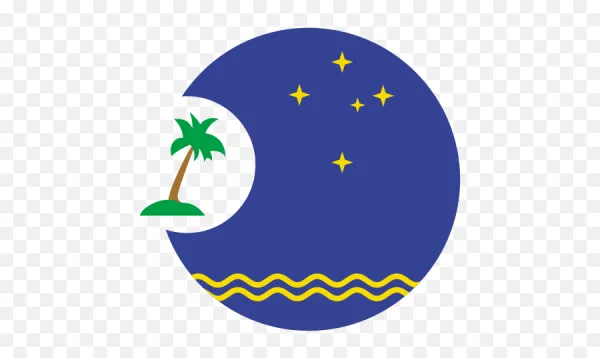
Secretariat of the Pacific Regional Environment Programme (SPREP)
SPREP is dedicated to environmental management, biodiversity conservation, climate change adaptation, and sustainable development across Pacific Island countries. It provides policy guidance, technical assistance, capacity building, and promotes regional initiatives aimed at protecting Pacific ecosystems and strengthening resilience.
Click HERE to see the MOU between WCPFC and SPREP.

Commission for the Conservation of Antarctic Marine Living Resources (CCAMLR)
CCAMLR manages marine resources in Antarctic waters, adopting an ecosystem-based approach to ensure sustainable fisheries and conservation of the region’s biodiversity. It regulates fishing activities, monitors compliance, and mitigates ecosystem impacts, particularly for sensitive species such as krill, toothfish, and seabirds.
Click HERE to see the MOU between WCPFC and CCAMLR.
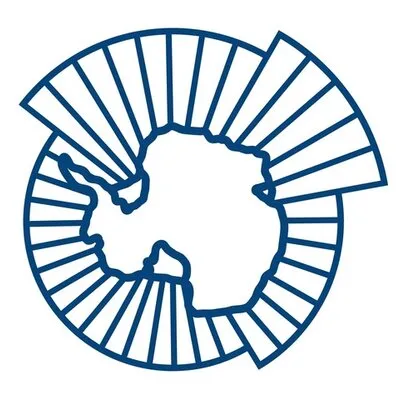
Agreement on the Conservation of Albatrosses and Petrels (ACAP)
ACAP is an international agreement focused on reducing threats to albatrosses and petrels, two bird groups highly vulnerable to fishing activities, especially longline fisheries. Through coordinated international action, the ACAP promotes best practices, research, monitoring, and mitigation measures to protect these species from incidental capture and population declines.
Click HERE to see the MOU between WCPFC and ACAP.
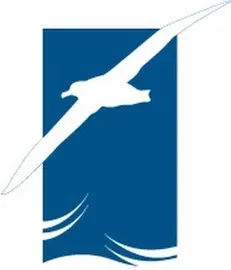
North Pacific Anadromous Fish Commission (NPAFC)
NPAFC addresses the conservation of anadromous fish species (such as salmon and steelhead trout) in the North Pacific. It enforces prohibitions against high seas fishing for these species, conducts extensive scientific research, facilitates cooperation among member states, and promotes sustainable management to maintain fish stocks vital for ecosystem health and coastal economies.
Click HERE to see the MOU between WCPFC and NPAFC.
